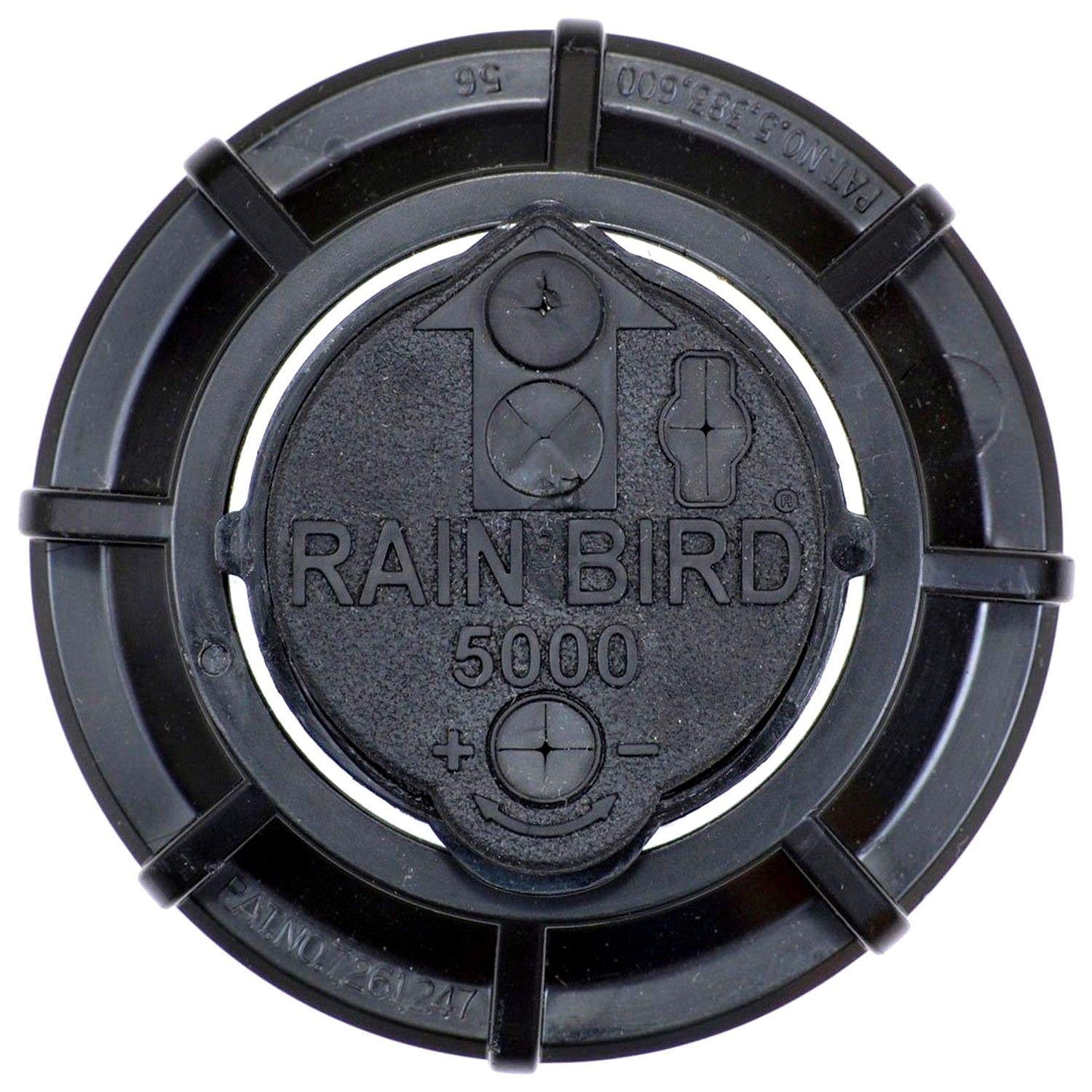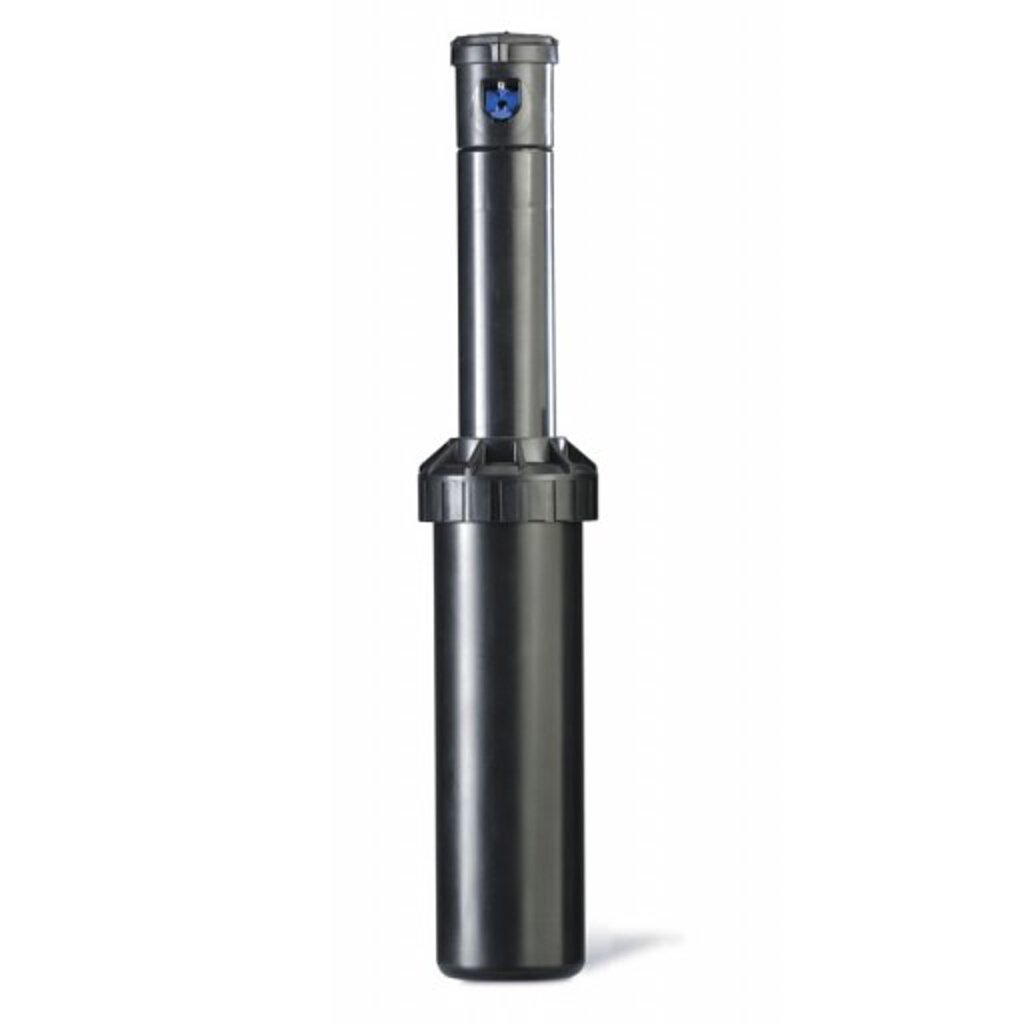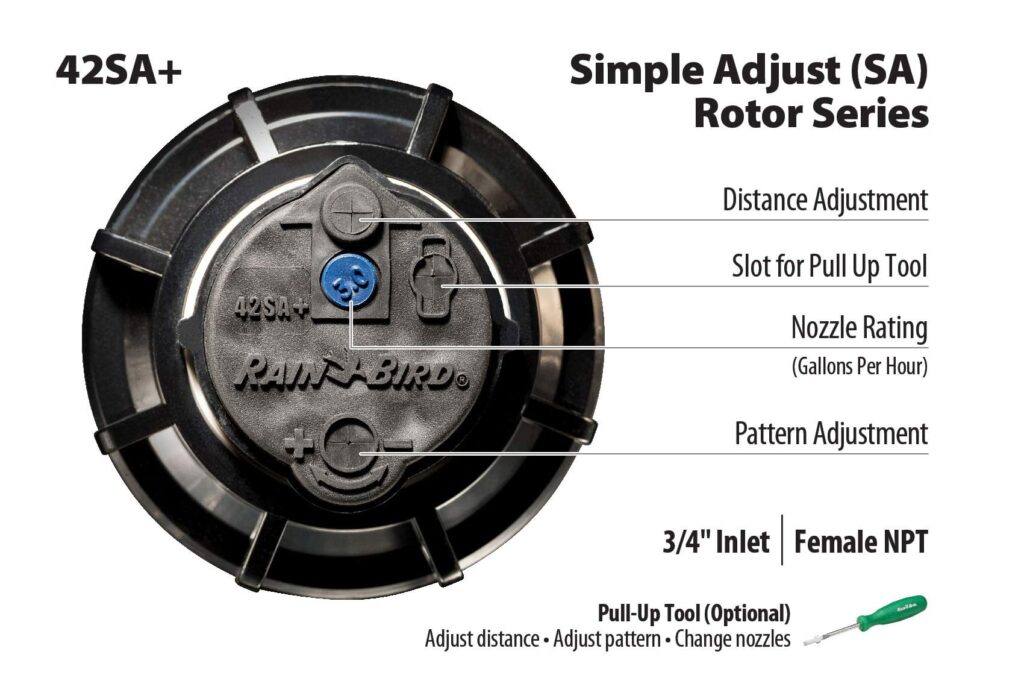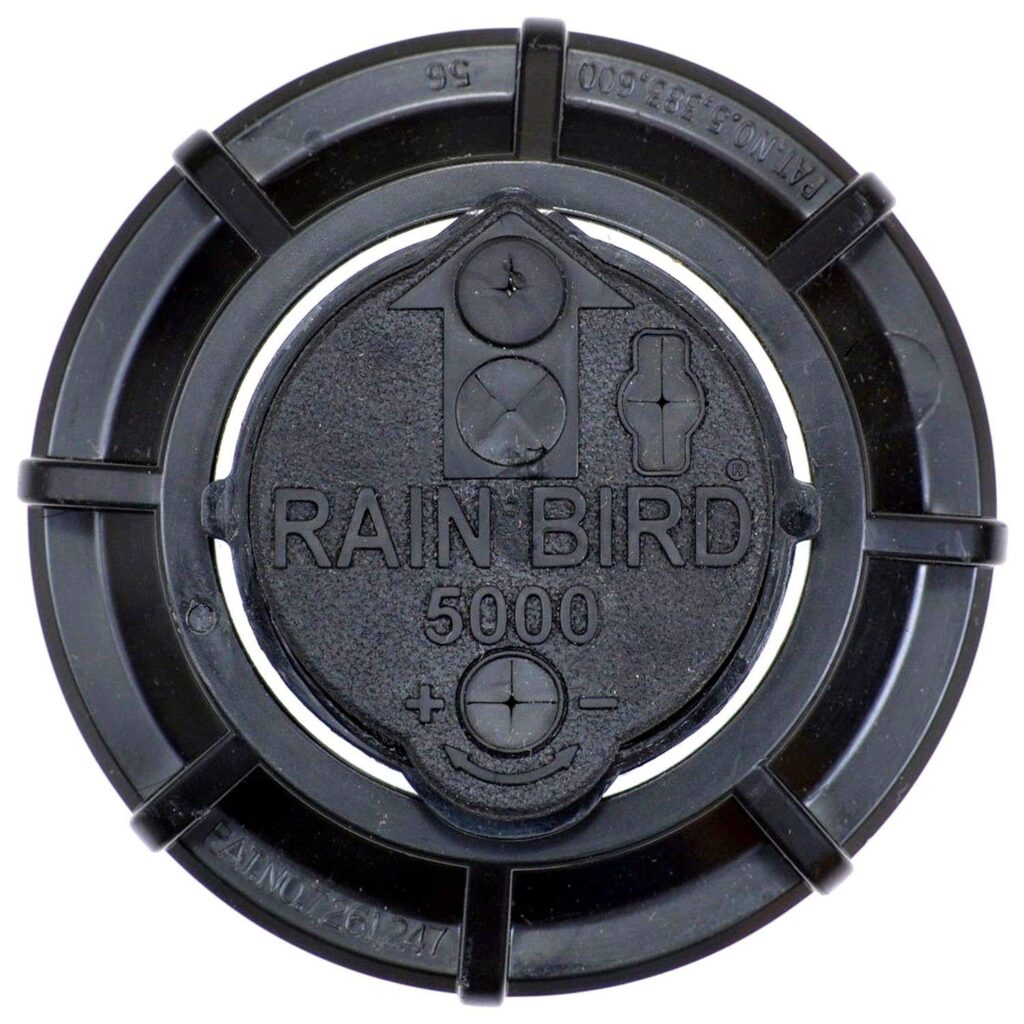In the world of irrigation systems, Rain Bird stands out as a leading innovator, offering a wide range of products designed to meet diverse watering needs. Among their offerings, the Rain Bird 5000 and Rain Bird 3500 series rotors are particularly popular among homeowners and landscape professionals. These rotors are engineered to provide efficient water distribution for lawns and gardens. While both models serve similar purposes, they cater to different requirements and preferences. This article will delve into a detailed comparison of the Rain Bird 5000 and 3500, helping you make an informed decision based on your irrigation needs.
Detailed Comparison Table
| Feature | Rain Bird 5000 | Rain Bird 3500 |
|---|---|---|
| Image |  |
 |
| Radius | 25 to 50 feet | 19 to 32 feet |
| Pressure Range | 25 to 65 psi | 25 to 55 psi |
| Arc Adjustment | 40° to 360° | 40° to 360° |
| Nozzle Options | Multiple, including MPR nozzles | Standard nozzles |
| Spray Patterns | Full, part-circle | Full, part-circle |
| Application | Large lawns and commercial areas | Small to medium lawns |
| Durability | High | Moderate |
| Price Range | Check price on Amazon | Check price on Amazon |
Informative Explanation of Features and Specifications of Both Products
Rain Bird 5000
The Rain Bird 5000 rotor is designed for those who require a robust irrigation solution for larger landscapes. Its impressive coverage radius of 25 to 50 feet makes it ideal for extensive lawns and commercial applications. This model operates effectively within a pressure range of 25 to 65 psi, ensuring reliable performance even in variable water pressure conditions. A standout feature of the Rain Bird 5000 is its variety of nozzle options, including MPR (Matched Precipitation Rate) nozzles, which allow for consistent water application and customization to suit different landscape requirements. Its arc adjustment from 40° to 360° provides flexibility in watering patterns, making it suitable for both full and part-circle applications.
Rain Bird 3500
The Rain Bird 3500 is a compact and efficient rotor, ideally suited for small to medium-sized lawns. With a radius ranging from 19 to 32 feet, it perfectly fits residential landscapes. Operating at a pressure range of 25 to 55 psi, the 3500 ensures good performance across various settings. While it may not offer as many nozzle options as the 5000, its standard nozzles are sufficient for typical residential applications. Like its counterpart, the 3500 also supports arc adjustments from 40° to 360°, accommodating diverse watering needs. Its design emphasizes ease of use and moderate durability, making it a practical choice for homeowners.
Differences Between Products
When comparing the Rain Bird 5000 and 3500, several differences emerge, primarily reflecting their intended applications and the scale of their coverage. The Rain Bird 5000 stands out with its larger coverage radius, making it more suitable for expansive areas and commercial landscapes. Its ability to operate efficiently under higher pressure conditions and the availability of multiple nozzle options further enhances its adaptability for varied landscapes. On the other hand, the Rain Bird 3500 is tailored for residential lawns, offering a more compact range and fewer nozzle options. This makes it a more straightforward and cost-effective solution for everyday irrigation needs.
Another significant difference lies in durability and build quality. The Rain Bird 5000 is designed to withstand harsher conditions, providing higher durability for long-term use in demanding environments. In contrast, the Rain Bird 3500, while still reliable, is better suited for moderate use in less challenging settings. These distinctions highlight the importance of choosing the right model based on specific landscape requirements and the expected intensity of use.
Pros and Cons Section
Rain Bird 5000

- Pros:
- Extensive coverage radius, suitable for large areas.
- Multiple nozzle options for customization.
- High durability for long-term use.
- Flexible arc adjustments from 40° to 360°.
- Cons:
- Higher cost compared to smaller models.
- May be overkill for small residential lawns.
Rain Bird 3500

- Pros:
- Ideal for small to medium lawns.
- Cost-effective and easy to use.
- Adjustable arc for versatile watering patterns.
- Cons:
- Limited coverage compared to the 5000 series.
- Fewer nozzle options available.
Performance Evaluation and User Experience
In terms of performance, both the Rain Bird 5000 and 3500 demonstrate reliable water distribution, but they cater to different user needs. The 5000 series is praised by users for its robust construction and the ability to cover large areas efficiently. Users report satisfaction with its consistent performance and adaptability, especially when dealing with variable water pressure or requiring specific watering patterns. The 5000’s versatility in nozzle selection and arc adjustment makes it a preferred choice for those managing diverse landscapes or commercial properties.
Conversely, the Rain Bird 3500 is favored by homeowners for its simplicity and effectiveness in residential settings. Users appreciate its ease of installation and operation, along with its ability to sufficiently cover smaller lawns. While it lacks some of the advanced features of the 5000, such as the extensive range of nozzles, its straightforward design and functionality make it a reliable choice for typical home irrigation needs. The 3500’s performance is consistent in maintaining lush lawns without the complexity of more advanced systems.
Final Recommendation and Conclusion
Both the Rain Bird 5000 and 3500 are excellent products that serve distinct purposes. For those needing to cover large areas or requiring a high level of customization, the Rain Bird 5000 is undoubtedly the superior choice. Its extensive range, multiple nozzle options, and high durability make it an investment worth considering for commercial applications or expansive residential lawns.
On the other hand, the Rain Bird 3500 is perfect for homeowners with small to medium lawns who seek a cost-effective, reliable, and easy-to-use irrigation solution. Its straightforward design ensures efficient water distribution without unnecessary complexity.
In conclusion, the choice between the Rain Bird 5000 and 3500 should be guided by the specific requirements of your lawn or landscape. By understanding the features, strengths, and limitations of each model, you can select the most appropriate rotor to ensure optimal irrigation and maintain lush, healthy greenery.


